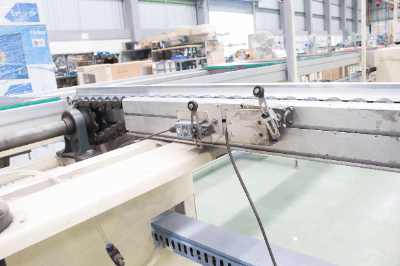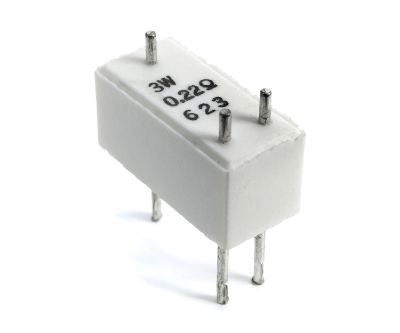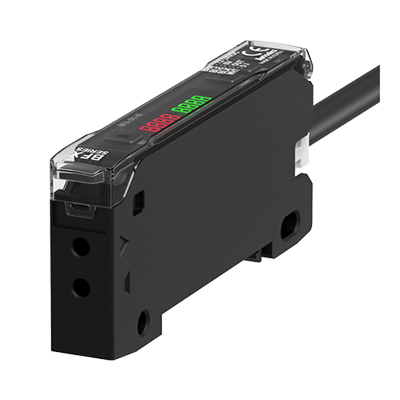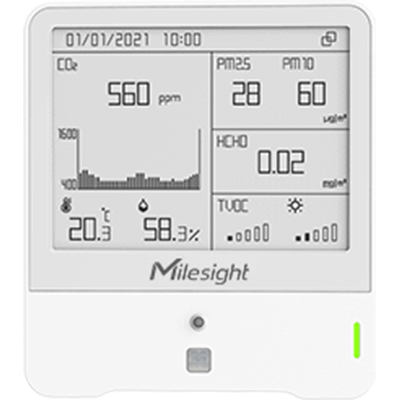What Is a Rotation Sensor?
Rotation Sensors are sensors that obtain information about the rotational motion of a machine.
Specifically, it detects the rotation angle, rotation speed, and amount of rotation based on changes in physical quantities associated with the rotation of a machine. Rotation Sensors are not used by themselves, but are connected to a PC or meter.
There are four main types of Rotation Sensors: the mechanical type recognizes the angle of rotation, the optical type detects the passage of light, and the magnetic or electromagnetic induction type is related to changes in magnetic fields. Each is used according to the physical quantity to be detected.
Uses of Rotation Sensors
Rotation Sensors are used in a wide variety of machines to detect the state of rotational motion of a machine. Examples include automobiles, motorcycles, agricultural machinery, ships, and other vehicles driven by engines or motors. In the case of automobiles, Rotation Sensors are used to detect the crank angle and cam angle of the engine, the number of revolutions of the crankshaft of the engine and the output shaft of the transmission, as well as in ABS (anti-lock braking system).
Rotation Sensors are also used to detect the rotational position of machines other than those in continuous rotational motion. As potentiometers, Rotation Sensors are also useful for detecting the angle of rotation of a machine.
Principle of Rotation Sensor
Rotation Sensors are available using several principles, depending on their purpose. Here we describe four typical types.
1. Mechanical (Contact Type)
Mechanical Rotation Sensors use a variable resistance to detect the rotational position by sensing the electrical resistance corresponding to the angle of rotation. Mechanical Rotation Sensors are used not only for continuous rotational motion, but also as potentiometers, gear position meters, etc., to detect the position during circular motion.
2. Optical Type
Optical Rotation Sensors consist of a disk mounted on a rotating shaft with a series of small holes, called slits, through which an optical sensor detects the blinking speed of light passing through the slits as pulses. The optical sensor converts the light pulses into electrical signals. The optical type features high detection accuracy and resolution depending on the shape of the slit.
3. Magnetic Type
Magnetic Rotation Sensors detect changes in the magnetic field distribution by means of a magnetic sensor with a permanent magnet attached to the rotating shaft. Magnetic sensors use a semiconductor material called a Hall element. It is capable of detecting the rotational position and rotational speed of the motor shaft.
4. Magnetic Induction Type
Rotation Sensors of the magnetic induction type have an induction coil (excitation coil) and a fixed coil (detection coil) mounted alternately on the rotating shaft to read changes in the magnetic field caused by rotational motion. Magnetic Induction Rotation Sensors are also called Resolvers. They can be used over a wider temperature range than other sensors and have excellent environmental resistance.
5. MR (Magnetoresistive Element) Sensor
The MR Sensor detects rotational speed from the strength of the magnetic field generated as the gear passes by a permanent magnet placed near the tip of the gear teeth mounted on the rotating shaft. The magnetic field works in the direction that the distance between the gear tooth tip and the sensor becomes shorter.
MR sensors are used in various parts of automobiles.
Other Information on Rotation Sensors
Example of Use in ABS
Among the products we use in our daily lives, many Rotation Sensors are used in automobiles, including ABS devices. This system prevents the tires from locking up when emergency braking is applied.
If the tires lock up, the car cannot change its direction of travel even when the steering wheel is operated. Therefore, ABS prevents the tires from locking and enables the driver to avoid collision with an obstacle by steering wheel operation. The ABS system is activated when the Rotation Sensor detects a sudden drop in tire speed.
 Capacitive Proximity Sensors are a type of non-contact sensor that detect the presence or absence of an object. They can detect an object by the change in capacitance when the object enters the electric field.
Capacitive Proximity Sensors are a type of non-contact sensor that detect the presence or absence of an object. They can detect an object by the change in capacitance when the object enters the electric field.
 A cement resistor is an electronic circuit component that acts as a resistance to the current flowing in a circuit.
A cement resistor is an electronic circuit component that acts as a resistance to the current flowing in a circuit. A Low Temperature Thermostat is an environmental testing device that allows the temperature inside the
A Low Temperature Thermostat is an environmental testing device that allows the temperature inside the 
